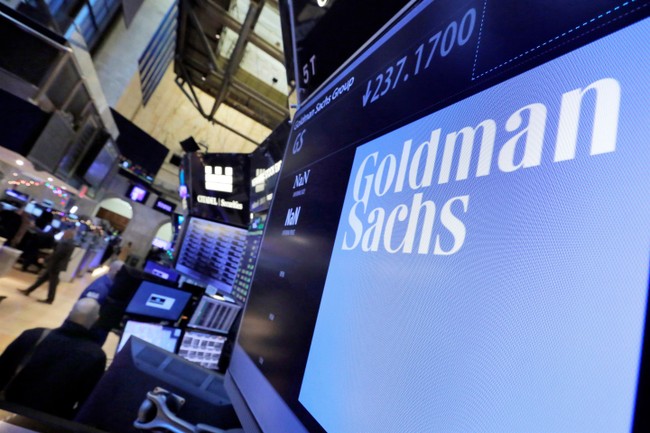Goldman Sachs in Trump II Era: Back in Black, or Back In the Black?
This post was originally published on this site

How much impact has Donald Trump’s executive orders on civil-rights law interpretations and enforcement had on the Diversity Equity Inclusion movement? If even Goldman Sachs is running away from DEI, it must truly have become pretty toxic.
Advertisement
However, one has to wonder whether the influential financial firm is running away from DEI, or just running cover for it. The Wall Street Journal takes an amusing look at the Goldman Sach effort to transform one of its marquee DEI programs into, well … business as usual? The firm has tried to re-engineer its “One Million Black Women” program into “Black in Business,” only this time with a focus on profit rather than race and sex:
The Wall Street giant four years ago launched its “One Million Black Women” program, a multibillion-dollar commitment to invest in Black women. In recent weeks, the bank removed mentions of “Black” from the program’s home page, without changing its name.
An educational program for Black businesswomen was also recently scrubbed of references to race. Goldman’s site now just says its “Black in Business” program helps entrepreneurs “stay in the black,” a reference to being profitable.
Um … okay. Isn’t that the point of financial-industry firms like Goldman Sachs anyway? Helping entrepreneurs to become profitable is their core business, presumably. So why have a “Black in Business” program separate from the normal financial advice and assistance Goldman Sachs provides as a matter of course?
Advertisement
That’s not the only incoherence coming from the politically influential firm as it attempts to adjust to the new legal and political realities in Washington DC. They are struggling to keep up with the changes, showing just how pervasive DEI policies and initiatives became at Goldman Sachs, and throughout corporate America:
Goldman, like much of corporate America, has been combing through its diversity, equity and inclusion initiatives to ensure that it doesn’t run into legal troubles, while trying not to entirely abandon its pledges. The bank is treading a fine line. While Goldman has been changing words, the program’s sites still feature photos of Black women and research reports about “Black Womenomics.”
Speaking of “changing words,” the WSJ has a hilarious breakdown of the changes made to the promotional text of the “One Million Black Women” program to excise the ‘black’ and the ‘women.’ You have to see it to believe it. It’s almost a parody of corporate gobbledygook, by way of George Orwell. Winston Smith could not have done it better. Rather than just write completely new promotional material to reframe the program — to whatever extent that’s possible — they literally just deleted anything relating to black women specifically … although leaving the original program name in it, for some reason.
Advertisement
Actually, seeing isn’t truly believing, in this case. Does anyone actually buy this claim from an anonymous GS exec?
Goldman’s legal division has been leading the continuing changes to One Million Black Women, at least in part to stay out of the Trump administration’s crosshairs, according to people familiar with the matter.
A senior Goldman executive now says One Million Black Women isn’t just for Black women, but for low- and moderate-income populations.
Nominally? Sure. In practice? Color me skeptical. The new promotional language makes no mention of “low- and moderate-income populations,” at least in the edited excerpt highlighted by the WSJ. Goldman Sachs already has some programs for that purpose through its Urban Investment Group, a point the WSJ also notes. However, it does appear that Goldman Sachs began pulling the plug on the One Million Black Women program — but last year, not this year, emphasis mine:
Then early last year Franklin said Goldman employees told her the bank was pivoting from its nonprofit program for Black women to focus on one that helps business owners more broadly. She was told her nonprofit wouldn’t be receiving any more money.
Why last year? Goldman Sachs saw the Supreme Court ruling on affirmative action in 2023 as writing on the wall for race- and sex-based selection processes. That also gets a mention in the WSJ article, even though this casts the “Black in Business” changes as driven more by Trump’s EOs — which also cite the recent Supreme Court rulings to justify its interpretation of the Civil Rights Act and the 14th Amendment.
Advertisement
Even so, though, the use of “Black in Business” as a program name looks like a sotto voce signal that it’s still DEI business as usual at Goldman Sachs. That won’t make anyone happy in the long run, especially if that signal doesn’t get backed up by actual preferential outcomes. Goldman Sachs may have to learn the War Games lesson the hard way when it comes to playing DEI Discrimination.
